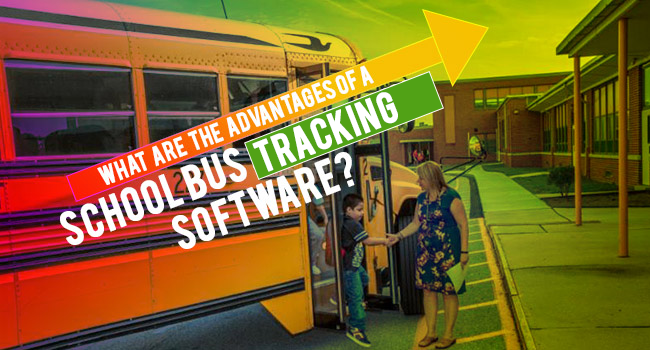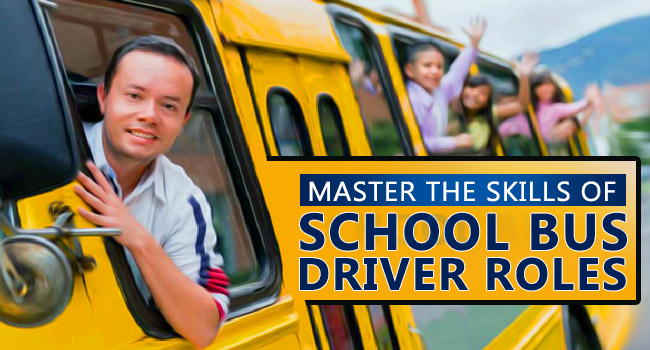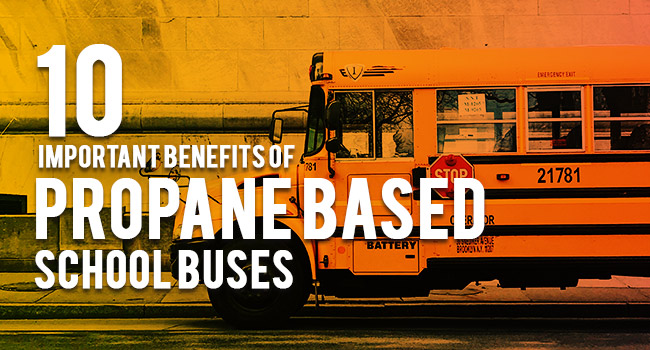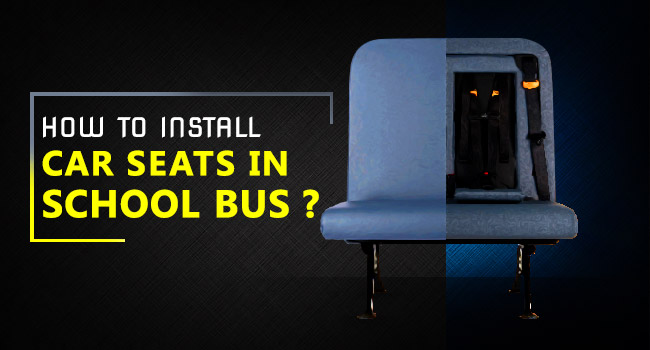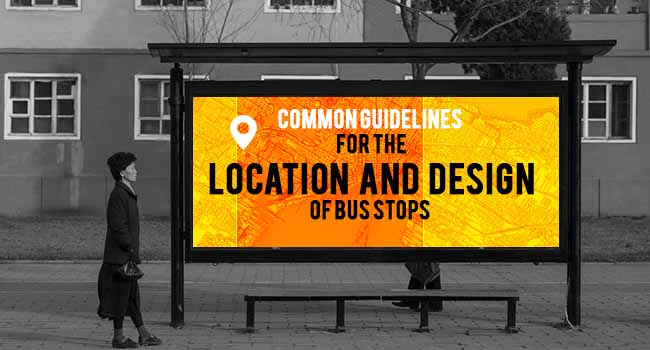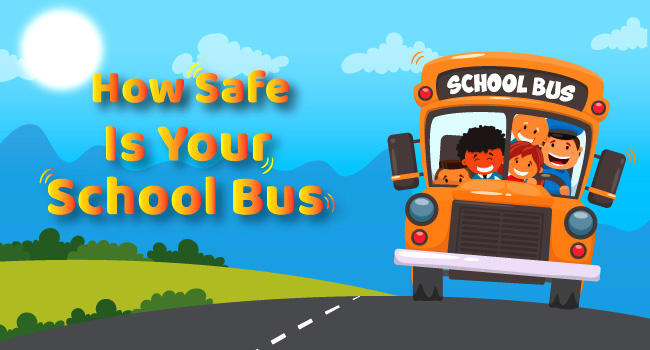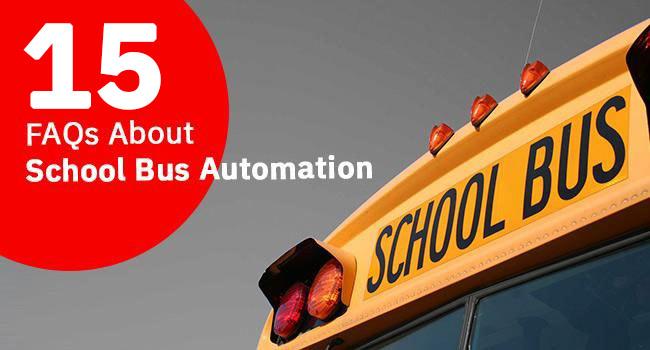Child safety and security is a major cause of anxiety for parents in these times.
Parents start worrying as soon as the child leaves home for school.
Whether the bus was on time, did their ward board the bus, did the child reach the school safely, and when the student was dropped back are matters of daily concern. This can be solved with school bus tracking software.
The school authorities are responsible for the child safety to and from schools.
It is definitely a daunting task with increasing numbers of students, buses and routes.
Read also
The degree of alertness and follow up by personnel at different levels vary, often leading to lapses in the process.
Now technology is helping out in this matter to a great extent.
There are many software applications designed to ease daily activities in almost all spheres of life.
In the school scenario, the most relevant and important one seems to be a specialized tracking system for school buses.
Most software packages have a web-based app for the school authorities and a mobile app for parents, drivers and students.
Now here we are showcasing 5 top school bus tracking software providers
1: TrackSchoolBus
This is an excellent software platform designed for all associated with the child – parents, school administration, drivers and transport managers.
With this, concerned people can track attendance of the location of bus, and pick up and drop off timings.
Parents have the option to change the pick-up and drop off points for their ward(s) with intimations to the driver and school.
Read Also
The parent can also apply for leave if the child is sick through this app.
Both the driver and administration are informed. The route can be changed if necessary for drivers to reduce running time.
The school authorities have access to details regarding the driver, route, time spent on the road, list of students present on the bus thus enabling them to put their fleet to optimal use.
Transport managers can plan routes and trips, track every bus and communicate with drivers.
Accidents and traffic congestions along the routes can be viewed and conveyed to both parents and drivers.
With this, transport managers do not have to perform school bus routing, optimization and allocation manually because the system does it automatically as our system is AI in-built.
2: BusWhere
Considered very easy to use and a reliable for parents, the app tells us ‘where’ the bus is located currently.
The bus routes can be viewed on an interactive map.
Parents are notified when the bus is going to reach the stop. They get a minute by minute update on expected arrival time.
It tracks the location of the different buses on the specified routes, the time of arrival and departure from each stop, deviation in route due to traffic delays, expected arrival time at each of the designated stops.
This is of immense help to school administrators.
They have an easy access to information of the buses in their fleet mainly the routes, present location, speed and fuel levels.
With this, if any delay in school bus timing, parents can be notified via messages.
An additional feature of this is that the previous history of the bus can be obtained.
Details thus logged can be downloaded for further analysis too.
3: School Bus Tracker
School bus tracker offers real-time location of buses to both parents and school authorities.
Location of the buses, time of arrival and departure and route changes are monitored.
If any delay, direct messages are sent to parents and the information is also relayed to school authorities.
With this, parents can request for route change.
Read Also
The driver can also be notified directly by the parent if the child is sick.
This enables him to change the route accordingly.
Though widely used, this does not monitor the child’s attendance on and off the bus as it does not have RFID.
4: Here comes the bus
Being a bus location sharing platform, it provides the parents and school administration with the exact location of the bus.
The parents can view the scheduled and actual time of student arrival at both home and school.
In case where the bus is delayed, email alerts are sent to parents.
This is a device to track whether the student got on and off the bus.
It will indicate the bus-stop too. ID cards are scanned by students while boarding and exiting the bus. This will provide details of student attendance.
In conjunction with the GPS device, the location is pinpointed and the school as well as the parents is notified if students have alighted at the wrong stop.
5: Applane Real-Time Bus Tracking System
This system is a powerful software for parents to track their child’s bus route, location and timings of departure and arrival.
It offers an option wherein the child can be dropped to the next bus stop in case they fail to drop the child off at the usual one.
Parents are notified of route changes due to delays. They are also informed of any emergency situations or breakdowns.
RFID integration helps in monitoring attendance. An additional feature is the CCTV installed which keeps an eye on both students and drivers.
Unlike others, this can be accessed on mobile devices by the school authorities making it possible to manage their entire fleet anywhere anytime.
Conclusion
These software applications make the school bus fleet management an easy task.
Managed well within the parameters of privacy and security terms, this can be a boon to all.
Both the parents and school authorities can stay updated about the whereabouts of their wards. These providers help to enhance child safety.

